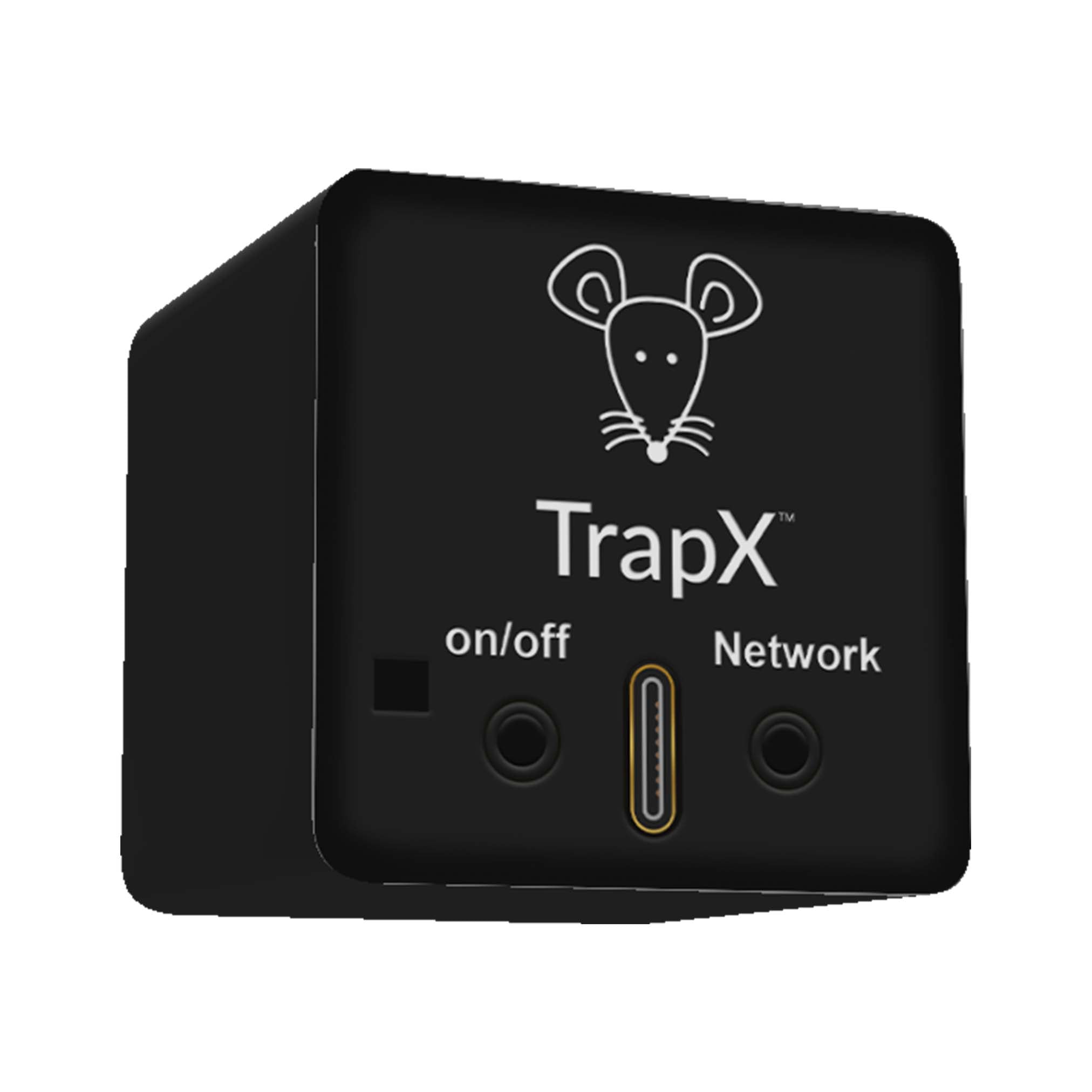What Kind Of Insulation Is Rodent Proof?
Share
When it comes to protecting your home, one of the most critical aspects is ensuring that your insulation is rodent-proof. Rats, mice, and other pests can wreak havoc on traditional insulation materials, leading to significant expenses and repairs. In this article, we'll delve into what kind of insulation is rodent-proof and how you can make the best choice for your home.

Why Rodent-Proof Insulation Matters
Rodents are notorious for their destructive habits. They gnaw through electrical wires, damage furniture, and most importantly, they can chew up insulation materials. Traditional insulation like fiberglass or cellulose is often vulnerable to rodents. This not only compromises the insulation's effectiveness but also provides pests with nesting material.
Choosing the right rodent-proof insulation can save you considerable time, stress, and money in the long run. But what kinds of insulation materials are the most rodent-resistant?

Types of Rodent-Proof Insulation
1. Spray Foam Insulation
Spray foam insulation is one of the most popular choices for rodent-proofing. This type of insulation expands on application, filling in gaps and cracks, making it difficult for rodents to penetrate. Additionally, its hard texture discourages chewing.
- Benefits: Superior sealing capabilities, prevents airflow, energy-efficient.
- Drawbacks: Higher initial cost compared to other options.
For more on spray foam insulation, check out Effective Ways to Get Rid of Mice.
2. Mineral Wool Insulation
Mineral wool, also known as rock wool, is another excellent option. Made from basalt rock and recycled steel slag, this insulation is naturally resistant to rodents because of its dense and abrasive texture.
- Benefits: Fire-resistant, soundproofing qualities, environmentally friendly.
- Drawbacks: More expensive and heavier than traditional insulation.
3. Foam Board Insulation
Foam board insulation provides a tough layer that is less appealing for rodents to gnaw through. These boards are made from polystyrene, polyisocyanurate, or polyurethane, materials that are not only effective insulators but also provide a barrier against pests.
- Benefits: High R-values, moisture-resistant, easy to install.
- Drawbacks: More costly and not ideal for irregular spaces.

Additional Measures for Rodent-Proofing
1. Seal Entry Points
A crucial step in making your home rodent-proof is sealing all possible entry points. Rodents can fit through surprisingly small spaces, so ensure that gaps around windows, doors, and foundations are properly sealed.
2. Use Rodent Repellents
Rodent repellents can be a good addition to any insulation strategy. Products like peppermint oil, ultrasonic repellers, and rodenticides can be effective when used correctly. However, make sure to use these products as a supplement, not a sole solution.
3. Maintain Cleanliness
Keeping your home clean is also vital. Ensuring that food scraps and garbage are properly disposed of can help prevent infestations. Rodents are less likely to invade a home where they can't find food.
Conclusion
Choosing rodent-proof insulation is a critical step in safeguarding your home from pest damage. Whether you opt for spray foam, mineral wool, or foam board insulation, each option has its own set of benefits that can help keep your home warm and free from rodents.
By taking additional measures like sealing entry points, using repellents, and maintaining cleanliness, you can create a nearly impenetrable barrier against these unwelcome guests.
FAQ
1. What makes insulation rodent-proof?
Rodent-proof insulation is made from materials that are difficult for rodents to chew through or nest in, such as spray foam, mineral wool, and foam board.
2. How can I tell if my current insulation is rodent-proof?
Check your insulation for signs of rodent activity, such as chewed areas, nests, or rodent droppings. If you find any of these signs, it may be time to consider switching to rodent-proof insulation.
3. Are there any additional methods to make my home rodent-proof?
Yes, in addition to using rodent-proof insulation, you can seal entry points, use rodent repellents, and maintain a clean home to deter rodents.
For further tips on rodent control, visit Complete Guide to Mouse and Rat Traps.
As an Amazon Associate, I earn from qualifying purchases.
